THE DEPORTATION IN BORDEAUX
Fabien Colombo -
I- Bordeaux: in search of the places of internment
The stele of Mérignac-Beaudésert
The house of deportees from the family of Jean-Marie Matisson
II- The interview with Jean-Marie Matisson
The questions of the interview
For our TPE, we were interested in deportation in the Bordeaux region. We wanted to return to the places that were used for the deportation, and see what was left of them, and if a memory project had been set up by the city hall of Bordeaux. Or if there was still a taboo on this black period that this city experienced.
To better understand the role that Bordeaux played in the deportation, we called upon the knowledge of Jean-Marie Matisson, one of the civil parties in the Papon trial. It was the first time that he went to see the internment camps and to meditate in these places of memory. While he spends most of his time in Bordeaux. It was important for us to elaborate this construction from our own documents. In order to better express our feelings.
BORDEAUX: in search of the places of internment (on 9/04/05)

Visit of important places in the role of deportation in Bordeaux. The people present were: Jean Marie Matisson, Madame Mallard and Fabien Colombo. We leave the Fleix at 2 PM, without really knowing what we were going to face, we decide to start with the camp of Mérignac.
The stele of Mérignac - Beaudésert:
We are having trouble finding the stele, we are in a commercial area, we manage to find it at a roundabout where we had already passed.

There are no apparent traces of the three camps. The stele was inaugurated in 1985, which explains why the number of victims is inaccurate. The stele is well maintained, but no flower is placed on it, and it seems ordinary and invisible to the people who pass by. The industrial zone was built on this site, a hotel was even built on the former internment camp.
|
|
Jean-Marie Matisson explains to us that the camps were guarded by volunteer French police officers. We take some images of the stele and the places where we are and decide to leave for the fort of Hâ.
We are in the center of Bordeaux, the Fort du Hâ which has become a school for magistrates, is easier to find than the stele.
Easier to find but it remains inaccessible from the outside, because all the gates are closed, which was normal for a fort dating from the Middle Ages, but we are in 2005.

We take some images of the exterior of the fort that served as an internment camp. The French flag flies in front of the fort’s ramparts.


We try to enter and we go around and by chance a gate opens, we decide to enter. Only problem, we are afraid to stay locked inside. So someone stays in front of the electronic cell to prevent the portal from closing.
Once inside, we ask someone who works in the judicial school, if he knows where the memorial is. He seems to completely ignore the existence of this memorial, and therefore the role that this fort played in the deportation. We continue our way, and we pass in front of police vans. There were some more than 60 years ago, but they were used to arrest and transport deportees.
We manage to find the memorial.

A tricolor flag floats above the roses created by the Ravensbr ck association, in memory of the deportees.

A commemorative plaque is fixed on the wall, and another next to the flowers.
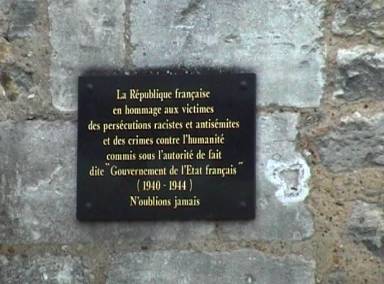
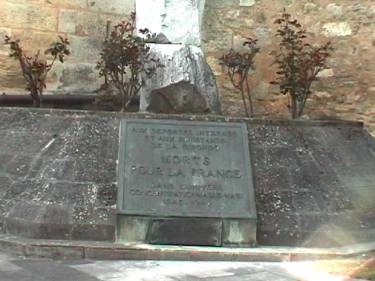
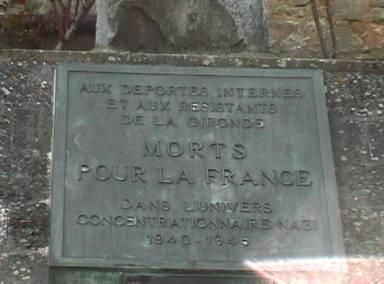
We take photos. Then we manage to get out, thanks to the person who had stayed outside in front of the electronic cell. It is impossible for people who want to pray in these places to enter them.
We are heading towards the former home of deported members of Jean-Marie Matisson’s family.
The House of Deportees from the family of Jean-Marie Matisson
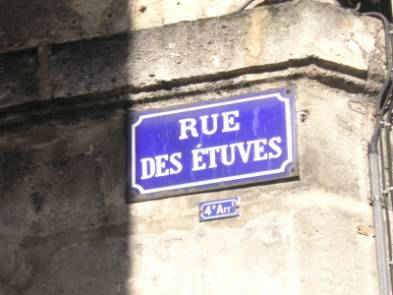
We are at number 28, the members of his family lived at 3
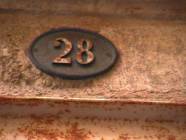
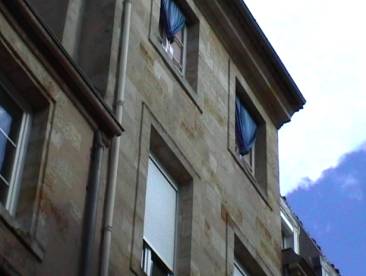
As if the coincidences between past and present were not enough, from the entrance of the house one can see a church, and a statue, at the top, has its back to us.
As if it were the physical representation of the silence of the Church during the deportation.
We are leaving for the Synagogue.
The Jewish deportees were locked in the synagogue for more than a week, the only child who was saved is Boris Cyrulnick who is now a renowned ethnologist and neuropsychiatric. He was adopted by the nurse who took him out of the synagogue, she was also a civil party during the Papon trial.


We see on the synagogue wall the names of the deportees, but more than 700 are missing. Jean-Marie Matisson has already written several times to add these names.
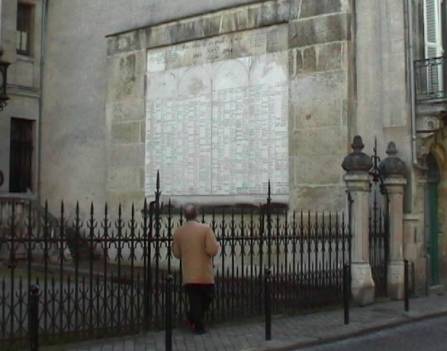
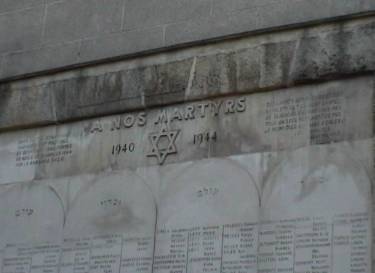

The day ended after that. We were able to notice that even if the city of Bordeaux has built commemoration places, they are not known by the general public and difficult to access.
II. THE INTERVIEW OF JEAN-MARIE MATISSON
To complete this visit to Bordeaux and address the role it played during the Second World War. We also wanted to know what impact the Papon trial had on French society. We organized the interview of Jean-Marie Matisson, civil party in the Papon trial, on 15/04/05 in the reading room of the CDI.


The questions of the interview:
1- Do you think there is a work of memory on the deportation of the Jews in France? How is it necessary, and by what means?
2- Unlike in Nuremberg, it took years to judge Papon, didn’t these years of silence cultivate the notion of taboo of this black period of the French state?
3- Does the decision to release Papon not prove that the French government has a double narrative? Because Jacques Chirac recognized you in 1995, the collaboration of France in the deportations and in July 2002 Papon is released.
4- What impact did the Papon trial have on French society? Did it change minds?
5- Do you think that because Papon was released, memory can only begin from his death? But, will this mean that he did not actually pay for his crimes?
6- In your opinion, was broadcasting the Papon trial on the subject of History a beginning of collective awareness?
7- Is a film, in the form of testimonies and reenactments like the movie
8- Do you expect more from the French government in this awareness?
9- Have you read many books on the prison world? If not, for what reasons?
For technical reasons, this interview, although filmed, cannot be broadcast. However, it was possible to retrieve the soundtrack.
This TPE allowed us to better understand what impacts the Papon trial had on our society, and the role of Bordeaux in the deportation. But above all to understand that the forms of communitarianism in our societies can be the source of different racisms. As we see in the interview, working on crimes against humanity necessarily leads us to talk about the situation of our world and its conflicts. But, moreover, we understood that the work of Mémoire is indispensable for the future. In order not to reproduce the same mistakes, but also not to forget the victims of these different human follies.
We would like to thank for this TPE:
- Jean-Marie Matisson, for his help and knowledge on the subject, and that he was kind enough to dedicate time to us.
- Laurent Delord, who helped us retrieve our documents, and put them on the CD-Rom.
- Mrs. Mallard who allowed us to meet these two people and who helped us throughout the project.

